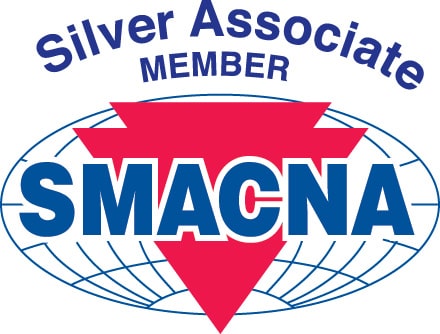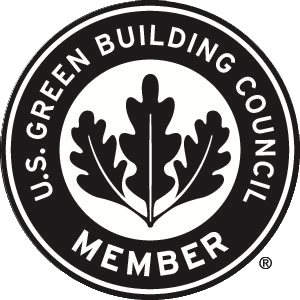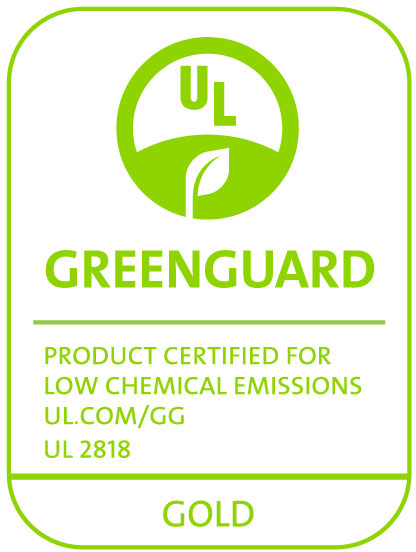Pipe insulation runs, both horizonal and vertical, often terminate into cementitious substrates such as masonry block walls and concrete floors. While this technical bulletin addresses proper adhesion and sealing of Aeroflex USA’s AEROFLEX EPDM™ closed-cell elastomeric insulation at termination points, it does not address, nor is intended to replace, proper firestopping standards, codes, and specifications.
When AEROFLEX® insulation (tubes, sheets or rolls) terminates at cementitious substrates, it is critical to seal the insulation to the substrate in order to achieve a vapor seal. When properly sealed, moisture will not penetrate beneath the insulation so corrosion under insulation (CUI) and energy loss can be prevented.
To achieve a complete vapor seal, the following steps should be taken:
- Clean cementitious surface so it is free of bond-breaking dust, sealers, and contaminants.
- Ensure that the masonry surface is smooth; if high ridges exist (i.e. heavy broomed concrete), apply skim coat of a cement-based skim coat, to increase adhesive coverage, according to manufacturer installation instructions.
- Apply a primer coat of AEROFLEX® adhesive (Aeroseal or REF 1520™) the width of the insulation thickness to the cementitious surface that will come in contact with the insulation and allow to dry to touch (no transfer).
- Apply vapor stop with AEROFLEX® adhesive the width of the insulation thickness to the pipe/equipment and the termination edge of the insulation.
- Apply bond coat of AEROFLEX® adhesive to primed substrate surface and edge of insulation; allow to properly tack up prior to adhering both surfaces.
For best practices with installing AEROFLEX® adhesives, please refer to Aeroflex USA’s Installation Guide.











